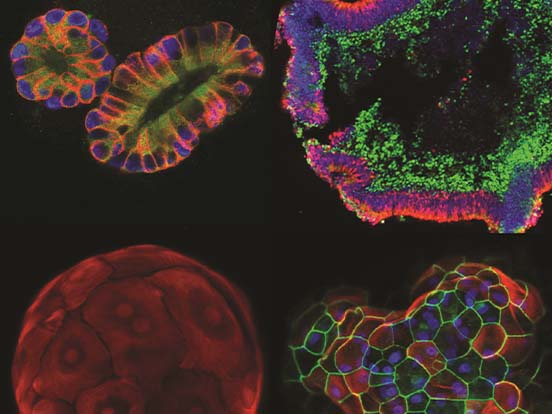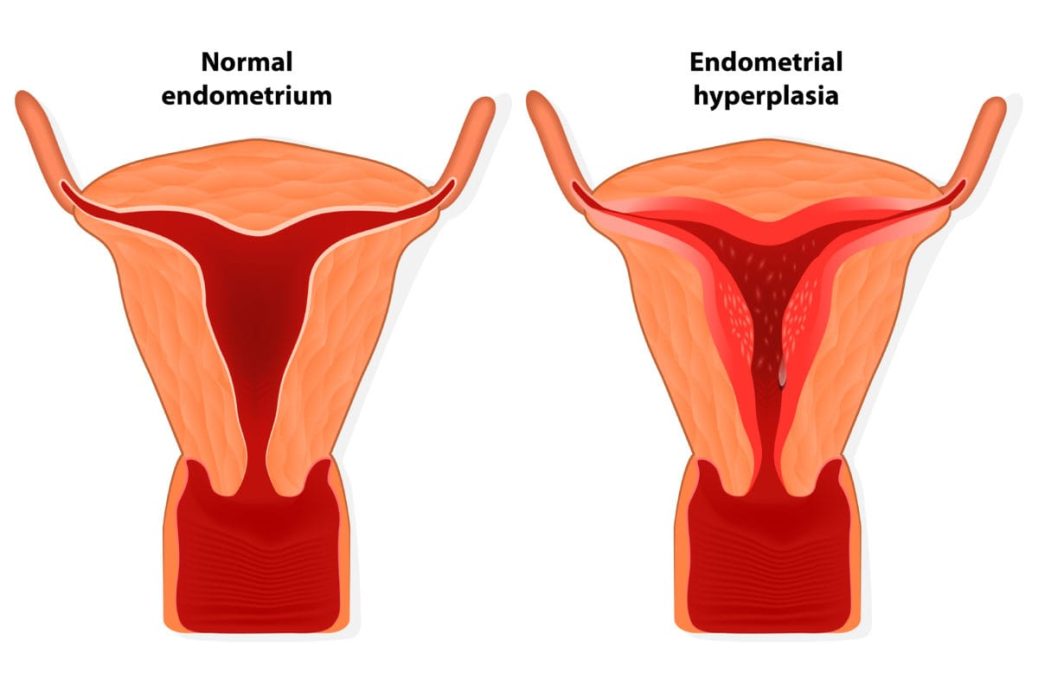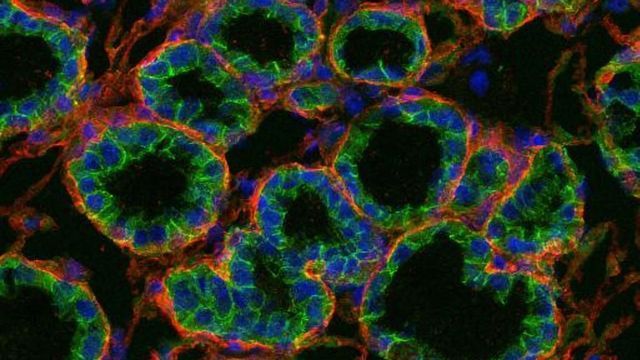A novel paper published in the journal Med grabs the attention of researchers worldwide for developing a synthetic extracellular matrix capable of supporting the growth of endometrial organoids.

The endometrium is the innermost layer of the uterus and it undergoes cyclic changes constantly such as the proliferative phase, secretory phase, and the menstrual phase.
Due to these different phases, an array of hormonal and cellular changes occurs making the modeling of endometrial tissues in the lab difficult. This hinders researchers from gaining a better understanding of the female reproductive organ and its associated pathologies.
Till recently, researchers have been making use of Matrigel, a naturally occurring hydrogel to grow organoids. But according to research Matrigel contains a lot of proteins that hinder and interfere with cellular communications.
This creates problems for modeling tissues and organoids such as the endometrial tissues and others where a lot of hormonal and cellular changes occur constantly.
Senior author Linda Griffiths commented that due to using Matrigel, it would seem like talking to a friend but both of you are at the airport runway during rush hour.
Less is More: Synthetic ECM has Minimal Proteins

To tackle this hindrance Linda Griffith and team aimed to develop a new extracellular matrix containing minimal signals. Next, they grew organoids of endometrial stromal and epithelial cells from human donors in the artificial matrix.
They observed that the combined culture of these two cell types stayed viable for at least 15 days during the experiment. However, in comparison, Matrigel couldn’t sustain the stromal cultures and had started to break down and shrink by the 15th day.
To understand if the extracellular matrix developed was capable of supporting the growth and functioning of endometrial and stromal cells, scientists treated the combined cultures with the hormone progesterone.
They observed that the hormone caused changes in the organoids that were similar to what happens naturally, such as thickening the epithelial layer, increasing the production of proteins related to pregnancy, and promoting the stromal cells to differentiate.
The researchers also exposed the cultures to cytokines a type of inflammatory molecule normally associated with endometrial diseases like endometriosis. Endometriosis involves the growth of uterine tissue outside the uterus.
In cultures with both types of cells (epithelial and stromal), these molecules led to a significant increase in the growth of epithelial cells, which is a feature seen in people with endometriosis.
But, this abnormal growth was not observed in epithelial cell monoculture, indicating the presence of signaling mechanisms involving the stromal layers.
Potential Benefits and Uses

The development of the ECM holds immense potential for further applications, scientists can further repurpose this ECM for other uses.
The ECM can serve as a tool for testing the effects of drugs on cells and tissues of the endometrium in a more realistic context. This can help in predicting how drugs will behave and interact in the human body, leading to more accurate preclinical testing and reduced reliance on animal testing.
Researchers could create ECM-based models of various diseases affecting the endometrium and other tissues, such as cancer, to better understand disease progression and test potential therapies. These models can provide insights into how cells interact with their environment and how diseases develop.
The ECM can further be modified and used to create specialized environments for growing specific types of cells. This can be valuable for producing therapeutic proteins, conducting research, and developing new biotechnological applications.
Researchers can further repurpose this ECM for use in the field of neuroscience and neuro-engineering. ECM-based scaffolds can be used in neural tissue engineering to promote nerve cell growth and regeneration after injuries. This has potential applications in spinal cord repair and treatments for neurodegenerative diseases.
The findings of the study highlight the importance of communication between the cells. According to Gnecco from Tufts University, more research will be conducted to understand the mechanisms of the various cellular processes and signaling.












